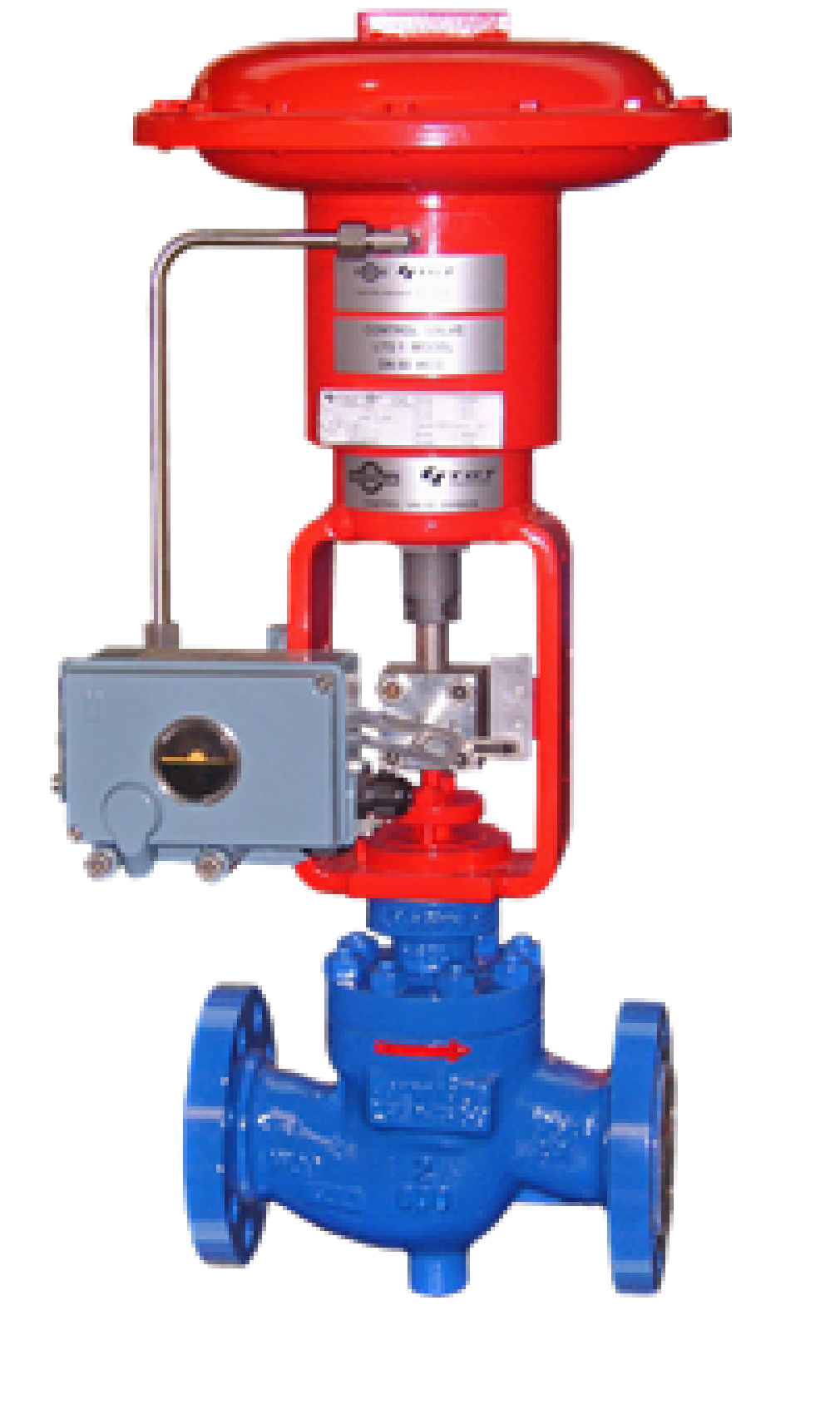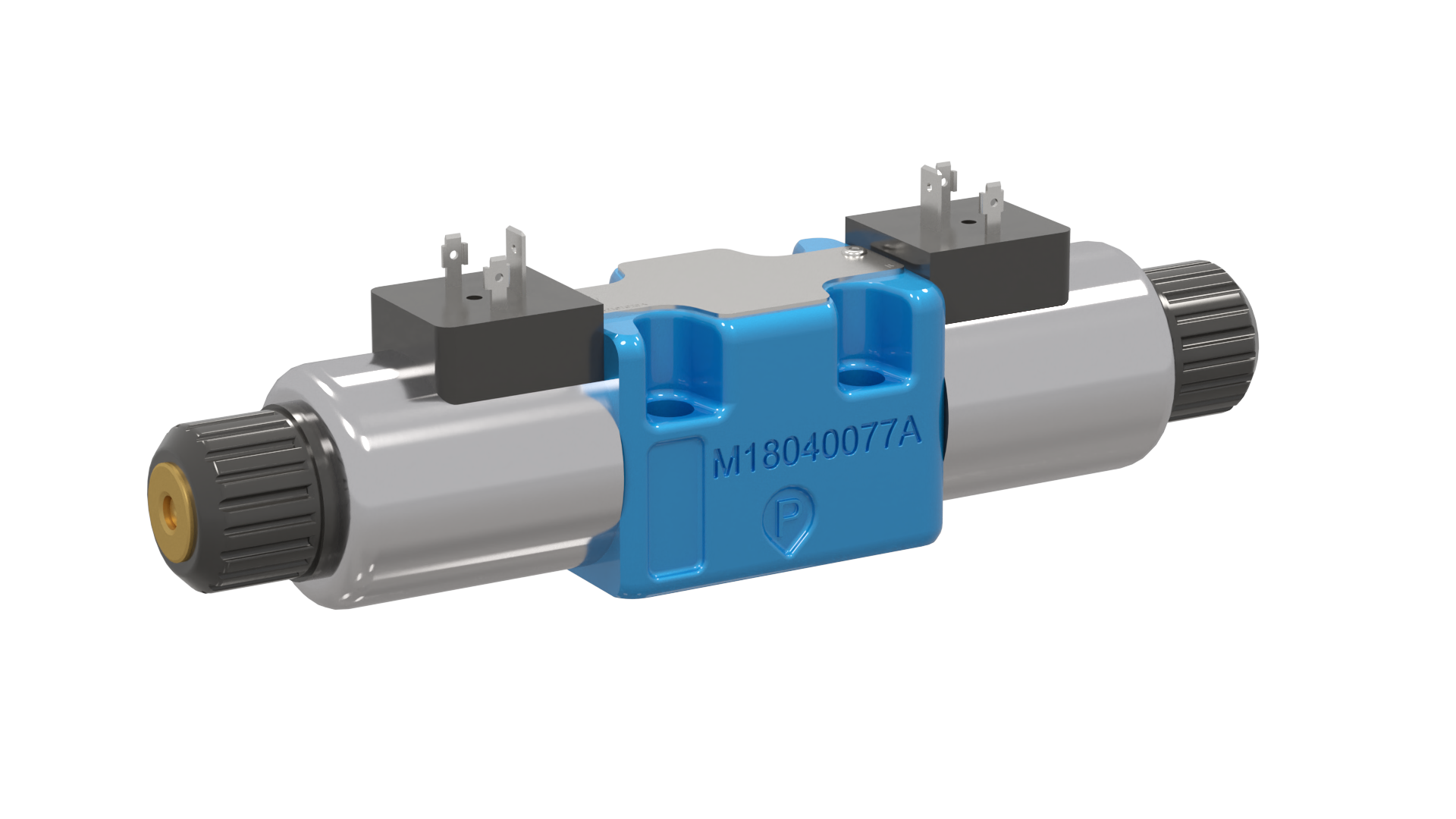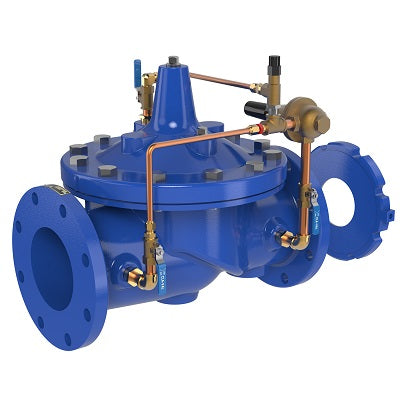Crucial Aspects to Take Into Consideration When Selecting Control Valves
Crucial Aspects to Take Into Consideration When Selecting Control Valves
Blog Article
Achieve Seamless Integration and Control With Quality Building Automation Controls
In the realm of modern structure monitoring, the importance of high quality structure automation controls can not be overemphasized. As modern technology continues to breakthrough, the combination and control of different systems within a structure have actually developed to be extra advanced and effective. The seamless operation and tracking of illumination, A/C, safety and security, and various other structure features have ended up being paramount for enhancing passenger convenience, power effectiveness, and total functional performance. The journey in the direction of achieving true assimilation and control is a diverse one, with factors to consider varying from system compatibility to cybersecurity. Welcoming high quality building automation controls is not just an issue of benefit however a critical important for companies intending to maximize their facilities' performance and sustainability.

Development of Building Automation Controls
Throughout the previous few years, the development of building automation controls has actually considerably changed the method structures are handled and operated. Developing automation systems largely concentrated on fundamental features such as controlling air flow, air, and heating conditioning (A/C) systems. Nonetheless, as technology progressed, these controls have ended up being extra sophisticated, permitting for a broader series of building systems to be integrated and managed centrally.
The development of constructing automation controls has seen a shift in the direction of more smart systems that can adjust to transforming problems in real-time. This adaptability is critical for maximizing energy efficiency and making sure owner convenience. In addition, modern building automation controls currently provide attributes such as predictive upkeep, remote monitoring, and data analytics, enabling facility supervisors to make data-driven choices to improve building efficiency.

Advantages of Quality Assimilation
The improvement in building automation regulates towards even more intelligent systems has actually underscored the substantial benefits of quality integration in enhancing building procedures and enhancing total effectiveness. Quality assimilation of developing automation controls offers numerous essential benefits. Firstly, it causes improved energy efficiency by allowing different systems to collaborate flawlessly, ensuring optimal performance and reducing power wastefulness. Quality integration boosts passenger comfort and performance by making it possible for customized control over environmental setups like temperature, air, and lights quality. This customization can bring about an extra conducive and comfy working or living environment. In addition, top quality combination simplifies upkeep and fixing procedures, as all systems are adjoined and can be kept track of and managed from a centralized interface. This centralized control likewise provides much better exposure and understandings right into structure performance, making it possible for proactive upkeep and optimization strategies. In general, the advantages of quality combination in structure automation controls are obvious, providing raised efficiency, comfort, and functional effectiveness.
Boosted Customer Experience and Access
Enhancing user interaction with building automation controls through user-friendly layout and enhanced ease of access boosts the total experience for residents and facility managers alike. By concentrating on user experience, constructing automation systems can come to be extra effective and easy to use. Intuitive user interfaces, clear navigating, and adjustable settings encourage customers to communicate with the controls easily and effectively.
Accessibility features play an important role in ensuring that all people, including those with disabilities, can make use of the building automation regulates easily. Including functions such as voice commands, tactile switches, and color-contrasted screens can enhance accessibility and make the controls extra comprehensive.
Furthermore, boosted customer experience results in greater individual fulfillment, enhanced performance, and much better decision-making. Residents can adjust environmental settings according to their choices, while center supervisors can effectively manage and check structure systems - control valves. On the whole, prioritizing user experience and ease of access in building automation manages adds to a more seamless and productive structure atmosphere for all stakeholders entailed
Lasting Practices Through Automation

In addition, automation can help with the integration of renewable resource resources such as photovoltaic panels or wind generators right into building procedures. By instantly adjusting energy usage based on the availability of renewable resource, structures can additionally reduce their dependence on non-renewable resources. This smooth combination of sustainable techniques not just profits the setting but additionally enhances the overall functional performance and cost-effectiveness of the building. Through automation, structures can align with modern sustainability objectives and add to a greener future.
Future Trends in Structure Control Equipment
In expectancy of progressing modern technologies and developing sustainability practices, the trajectory of structure control systems is positioned to embrace transformative techniques and innovative options. One popular pattern shaping the future of building control systems is the raised integration of Expert system (AI) and equipment discovering. These technologies allow structures to adapt in real-time to altering problems, optimizing power usage and boosting comfort for occupants. Furthermore, the Web of Things (IoT) is transforming building control systems by attaching tools and sensing units to improve operations and boost performance.
Another essential trend is the emphasis on cybersecurity measures to protect versus potential dangers to constructing automation systems. As structures end up being more interconnected, ensuring durable cybersecurity protocols will be necessary to protect delicate data and prevent unapproved gain access to.
Moreover, the shift in the direction of cloud-based platforms is gaining momentum, enabling for streamlined control and remote accessibility to building systems. This promotes much easier monitoring, upkeep, and updates, improving the general performance and adaptability of structure control systems. As technology proceeds to development, these fads are expected to form the future landscape of structure automation controls, driving development and sustainability in the constructed setting.
Conclusion
Finally, building automation controls have actually developed considerably, supplying countless benefits such as improved individual experience, accessibility, and lasting practices. Quality integration plays a vital function in attaining smooth control and reliable operation of structure systems. Future fads in structure control systems are likely to concentrate on more his explanation boosting automation capabilities for improved power performance and overall efficiency. It is essential for structure proprietors and drivers to prioritize the fostering of high quality structure click to read more automation manages to maximize building procedures and achieve long-term sustainability objectives.
In the realm of modern-day building administration, the relevance of quality structure automation controls can not be overstated. Overall, the development of structure automation manages proceeds to drive advancement in the structure monitoring industry, providing new opportunities for creating smarter and extra sustainable buildings.
The improvement in building automation manages towards even more intelligent systems has actually emphasized the considerable benefits of high quality assimilation in maximizing building procedures and improving total efficiency. On the whole, prioritizing user experience and accessibility in building automation regulates contributes to an extra efficient and seamless structure atmosphere for all stakeholders entailed.
It is crucial for building proprietors and drivers to prioritize the adoption of quality building automation regulates to maximize building operations and achieve long-lasting sustainability objectives. - control valves
Report this page